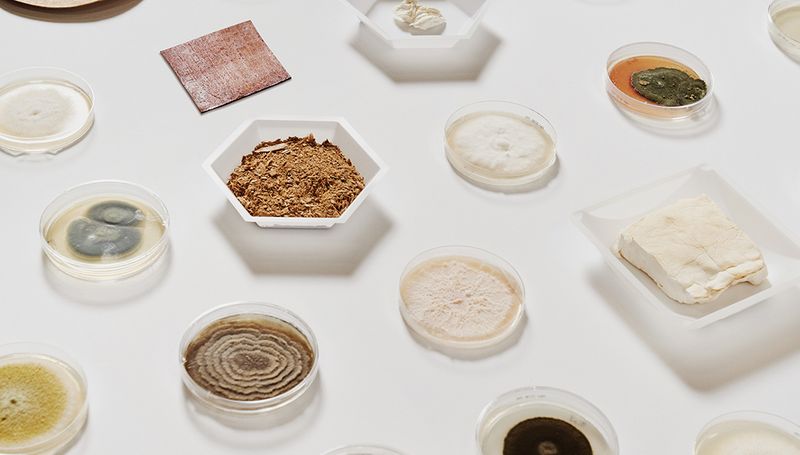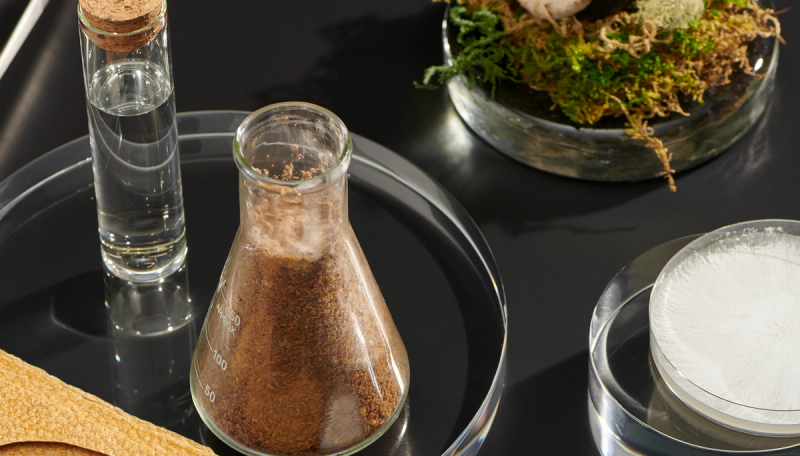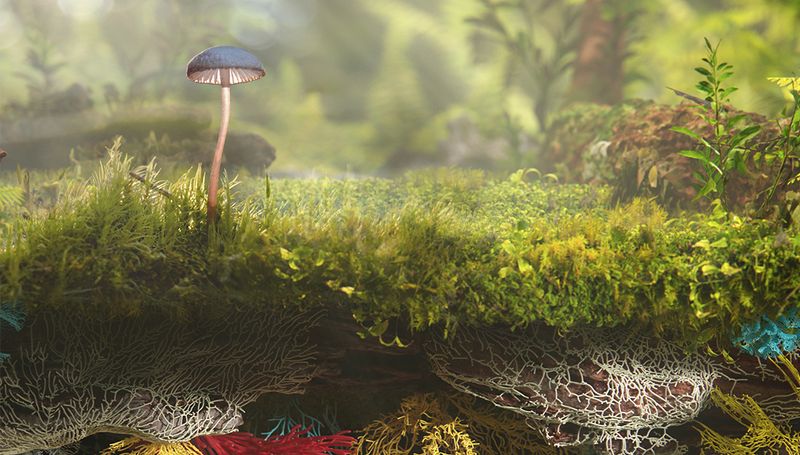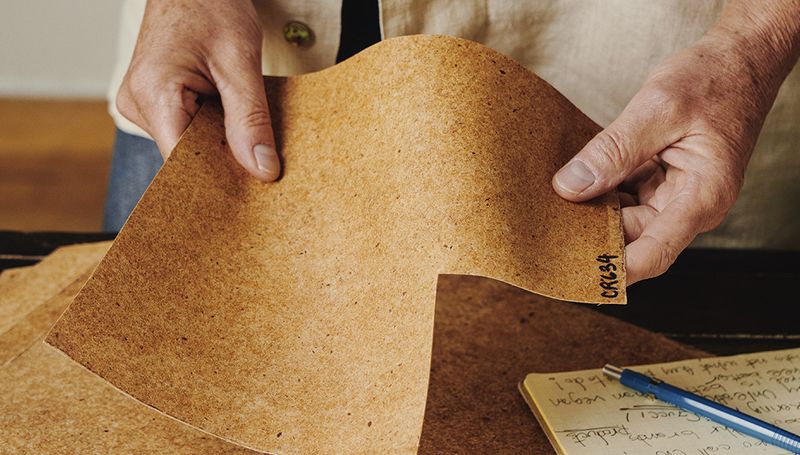
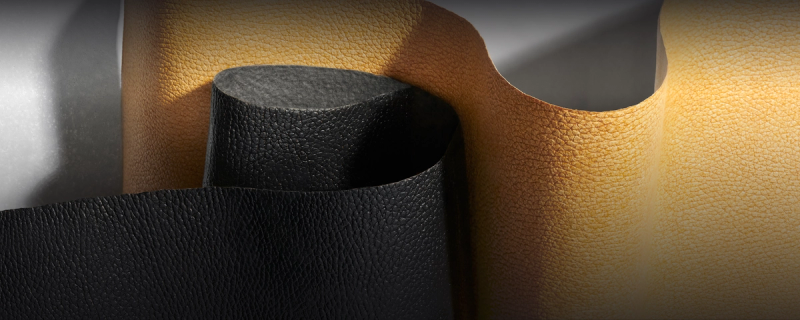
Why Unleather?
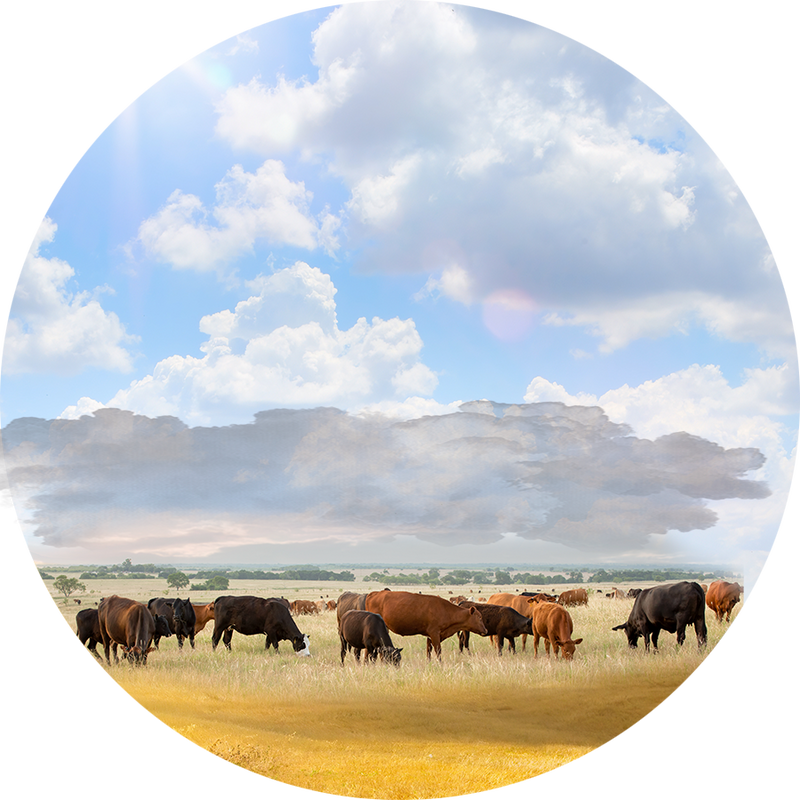
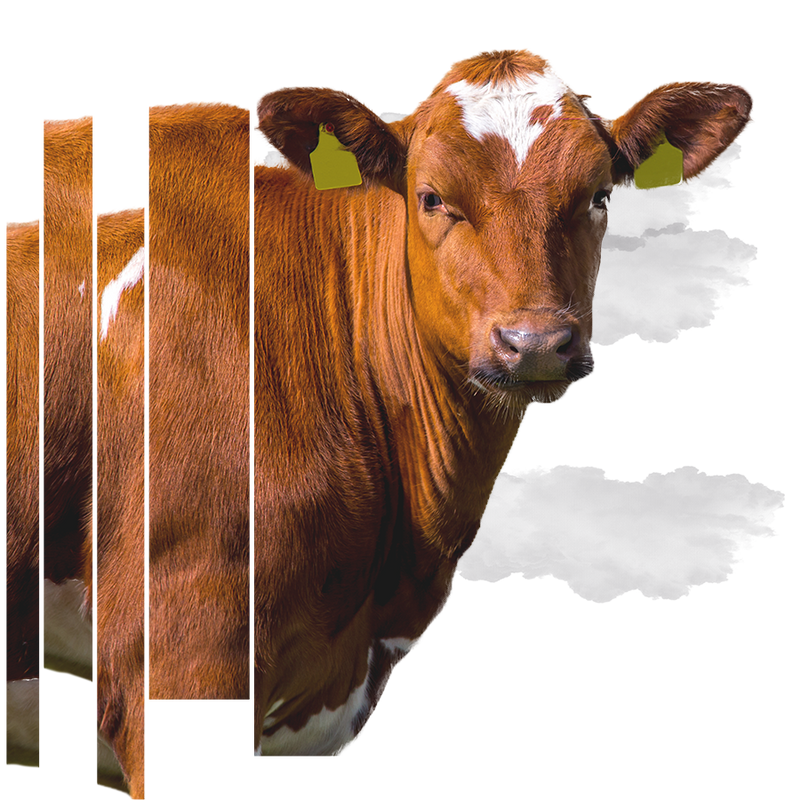

The Impact of Leather
One of the most beloved materials in fashion, leather comes with an undeniable impact due to its source: cows. Lots of cows. The global cattle industry consumes significant land and resources, and creates harmful pollutants — far more than a healthy planet can support.
10.6% of global greenhouse gas emissions
come from cattle — roughly equivalent to the annual GHG emissions of the United States.1
35.4% of Earth's habitable land
is dedicated to the raising of livestock. 2
>70% of deforestation
in South America is attributed to pasture expansion for cattle.3


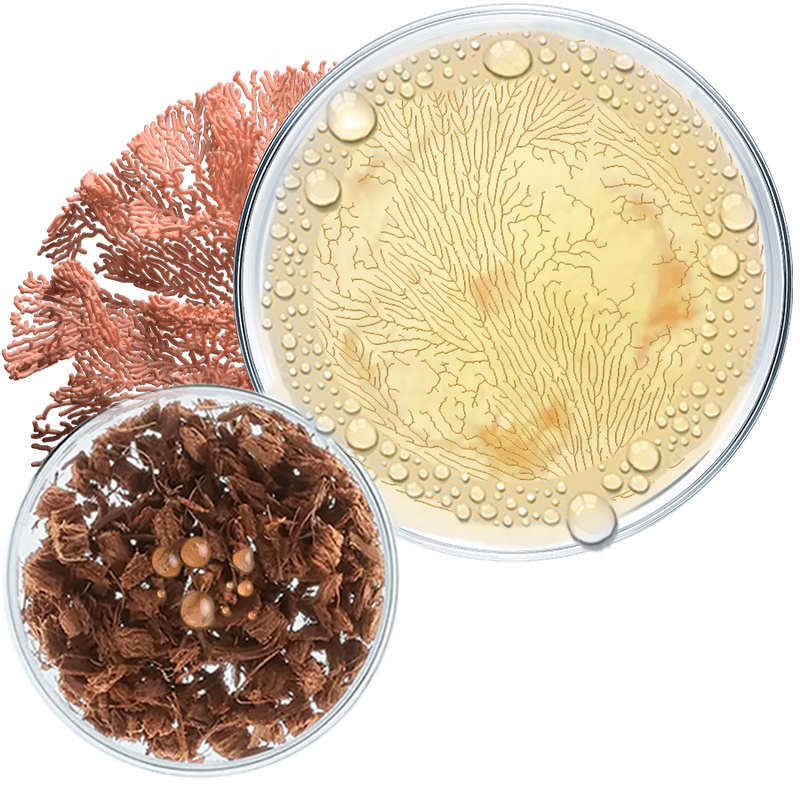
A Solution in Fungi
Mycelium, the root-like system of fungi and key source of Mylo’s biobased content, is an infinitely renewable ingredient that can be grown with a fraction of the resources of animal agriculture—using less land, inputs, and energy.
100% renewable electricity
to power our vertical farming facilities.
Grown from Renewable Inputs
including water, air, and compostable substrate.
Unique Microscopic Structure
similar to the collagen fibrils found in animal hides, providing a supple warmth that is missing from synthetic or cellulosic materials.


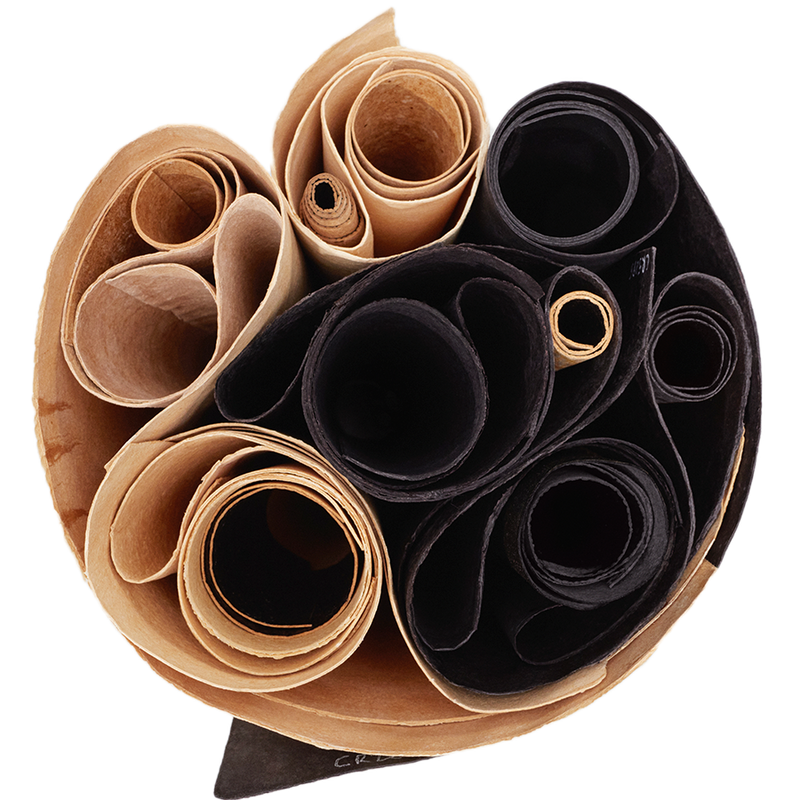
Responsibly Rooted Supply Chain
More than just a new material; Mylo is the product of a novel supply chain and production process designed to ensure genuine environmental and social impact improvements over animal or synthetic leather production.
Data Driven
Design and production informed by Life Cycle Analysis, third-party validation, and deep research & development for ongoing optimization and impact reduction.
Green Chemistry
Processes designed to reduce or eliminate use or generation of hazardous substances.
Rigorous Labor Standards
Built around a safe, ethical, and healthy work environment for everyone involved.


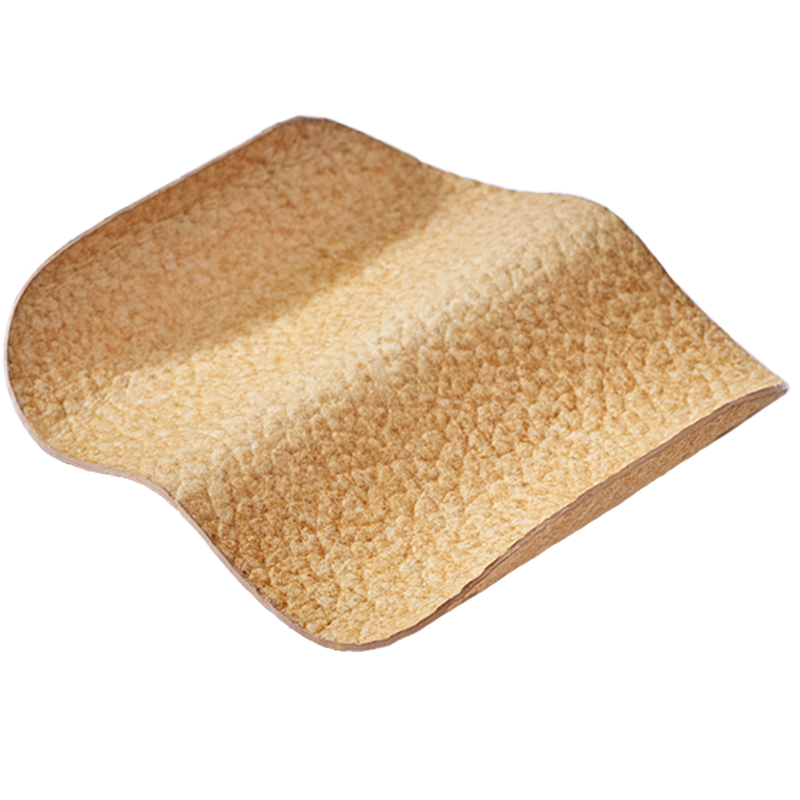
Material Results
Mylo has undergone 5,000 iterations to date, removing 100% of the animal compared to traditional leather and more than 50% of the synthetic elements compared to pleather. With no scrim and no backing, Mylo promises to evolve to become an even better product with a lighter environmental footprint over time.
Biobased
Up to 80% bio content with no synthetic scrim or backing.
Verified Vegan
DNA tested, 100% animal-free.
Genuinely Unreal
Nearly indistinguishable look and feel compared to traditional leather, ensuring wide consumer adoption.
LEARN MORE ABOUT OUR SCIENCE
FAQ
Absolutely. Our preliminary impact assessments indicate incredible environmental benefits of using Mylo™ material over animal leather. We look forward to sharing more about Mylo's life cycle assessments as we scale production and continue to pursue accurate measurements for comparison.
As of right now, we don't have all of the necessary data available to accurately calculate Mylo™ material's carbon footprint at commercial scale. We regularly conduct life cycle assessments (LCA) of Mylo and use this data to build and optimize our large-scale production process for minimal environmental impact.
We look forward to sharing more information on Mylo’s carbon footprint as we complete our scaling of production. Subscribe to the Mylo Newsletter for updates.Mylo™ material’s composition is predominantly mycelium, and currently contains some lyocell and a water-based polyurethane finish for added strength and durability to ensure Mylo products have a long and useful life. All inputs for Mylo are selected using rigorously applied principles of Green Chemistry for minimal environmental impact compared to animal and fully-synthetic leather production.
For context, animal leathers are also finished with added chemistry — up to 40% of the weight of leather is attributed to fat liquors, plasticizers, and coatings. Synthetic leathers are typically made from synthetic fabrics and polyurethane or PVC coatings, making them 100% plastic.Unlike synthetic leather, which is usually made from a synthetic fabric and a polyurethane or PVC coating, Mylo material is made from mycelium and is not petroleum-derived. Additionally, Mylo material’s processing and finishing chemistries are intentionally evaluated and selected using Green Chemistry principles. We look forward to sharing a full impact assessment of Mylo material in the future.


Subscribe to follow Mylo’s evolution and continued impact.
- 1.
- 2.
Hannah Ritchie and Max Roser (2013) - "Land Use". Published online at OurWorldInData.org.
- 3.
Sy, V. D. et al. "Land use patterns and related carbon losses following deforestation in South America." Environ. Res. Lett. 10, 124004 (2015).

